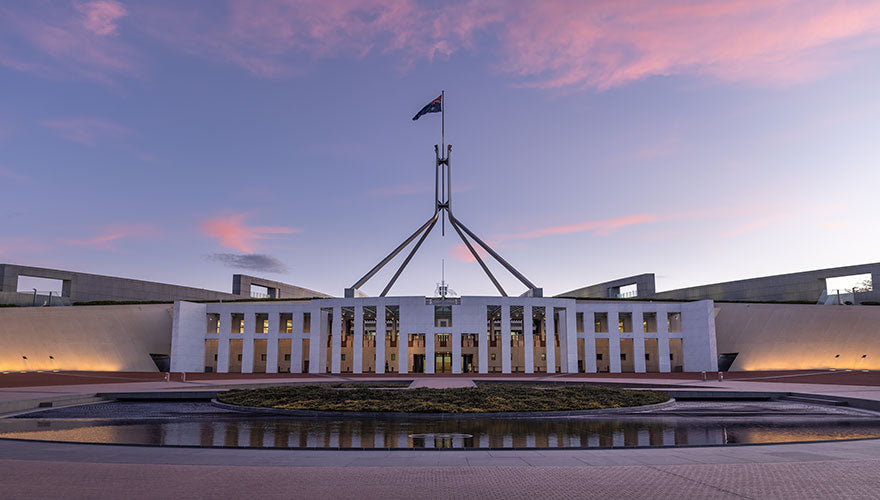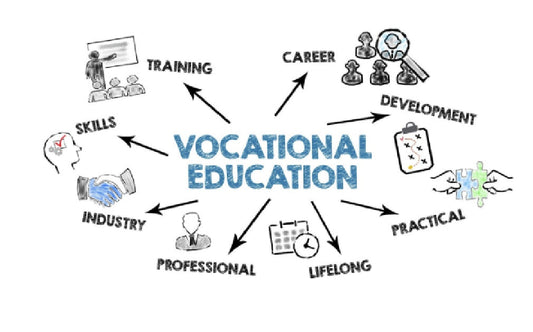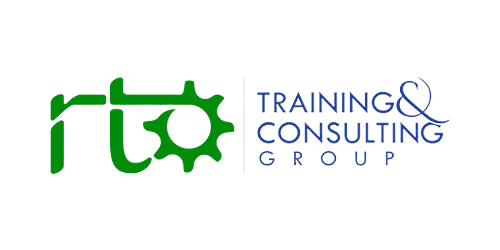Andrew Giles has been appointed the new Minister for Skills and Training following a cabinet reshuffle announced by Prime Minister Anthony Albanese. The Skills and Training portfolio, previously held by Brendan O’Connor, was vacated last week as O’Connor announced his intention to retire before the next election.
Giles' appointment has raised some concerns, not only because he was moved from the immigration portfolio due to performance issues but also because the Skills and Training portfolio is no longer a cabinet position. This shift has significant implications for the VET sector, especially regarding the allocation of resources and influence.
Power Imbalance and Potential Impact on VET
With the reshuffle, the question arises: who will have the upper hand when it comes to vying for resources between the Minister for Education (a cabinet position) and the Minister for Skills and Training (no longer a cabinet position)? The likely answer is the senior minister, which could affect decisions on enrolment limits for international students in the VET sector.
The first tabling of the Education Services for Overseas Students Amendment (Quality and Integrity) Bill 2024 requires the Minister for Education to seek written agreement from the Minister for Skills and Training when setting enrolment limits that impact VET providers and courses. However, the power imbalance between the senior and junior ministers may pressure Giles to defer to the Education Minister, potentially to the detriment of the VET sector.
Major Overhaul in Home Affairs Ministry
Prime Minister Albanese has made significant changes to the home affairs ministry, replacing both Clare O’Neil and Andrew Giles with Tony Burke. Burke will now oversee home affairs, immigration, and multicultural affairs, in addition to his roles as leader of the house and arts minister. Albanese emphasised the stability of his cabinet, noting that it had remained unchanged for over two years before this reshuffle. He highlighted Burke's success in the workplace relations portfolio as a reason for his expanded responsibilities.
Key Appointments and Reshuffle Details
Other notable changes include:
- Julian Hill as Assistant Minister of Citizenship and Multicultural Affairs, a new role created by splitting the previous portfolio held by Giles.
- Peter Khalil as Special Envoy for Social Cohesion.
- Murray Watt taking over the Employment and Workplace Relations portfolio.
- Pat Conroy named the Minister for Defence Industry and Capability Delivery.
- Matt Thistlethwaite and Julian Hill appointed as Assistant Ministers covering immigration, citizenship, and multicultural affairs.
The reshuffle also saw the Australian Security Intelligence Organisation (ASIO) moved under the Attorney-General’s Department, alongside the Australian Federal Police, reversing a previous decision by the Coalition government.
Special Envoys and New Roles
Three special envoys have been appointed:
- Peter Khalil for Social Cohesion.
- Luke Gosling for Veterans Affairs, Defence, and Northern Australia issues.
- Andrew Charlton for Cyber Security and Digital Resilience.
These envoys will report their findings to the Prime Minister and relevant portfolio ministers but will not have decision-making powers.
The cabinet reshuffle introduces new dynamics and potential challenges for various sectors, including VET. Andrew Giles' move to the Skills and Training portfolio, now a junior ministry, could impact decisions affecting the VET sector, especially with the power imbalance favoring the Education Minister. Stakeholders will need to stay vigilant to ensure their interests are adequately represented amidst these transitions.
Prime Minister Albanese signaled this would be his last ministry reset until the next federal election, aiming to present a cohesive and stable team to the electorate. As these changes take effect, the focus will be on how the new appointees navigate their roles and address the challenges ahead.
Manufacturing Workforce Set for 120,000 Job Surge Over Next Decade
Australia’s manufacturing industries are poised for significant growth, with job numbers expected to rise by nearly 17%, equating to an additional 120,000 workers over the next decade. This projection comes from the 2024 workforce plan developed by the Manufacturing Industry Skills Alliance.
The 2024 Workforce Plan identifies several key challenges facing the industry, including the need to attract and increase the pipeline of apprentices, address the lack of diversity, manage an ageing workforce, and develop skills for emerging occupations and industries.
Currently, the manufacturing sector employs about 875,000 workers, with approximately 730,000 falling under the purview of the Manufacturing Industry Skills Alliance.
Key Growth Sectors
The workforce plan highlights the sectors with the most significant potential for growth and development, such as defence, clean energy, medical, and space industries. These areas urgently require skilled workers to meet their expansion needs.
Within the scope of the Manufacturing Industry Skills Alliance, general manufacturing and engineering are projected to see the largest job increases, adding about 62,000 positions over the next decade. Additionally, pharmaceutical manufacturing is anticipated to experience the highest percentage growth, with a 35% increase translating to 9,300 new jobs.
Addressing Skill Gaps
Sharon Robertson, CEO of the Manufacturing Industry Skills Alliance, emphasised that the goal is to not only bridge current skill gaps but also to cultivate a resilient and skilled workforce capable of advancing the industry.
"By focusing on practical, actionable strategies, we are developing priority actions that can address supply-side skill shortages,” Robertson stated.
Strategic Focus Areas
The plan outlines several strategic initiatives to tackle the identified challenges:
- Enhancing the Apprentice Pipeline: Implementing measures to attract more young individuals into apprenticeships and vocational training.
- Promoting Diversity: Creating policies to foster a more inclusive and diverse workforce.
- Managing an Ageing Workforce: Developing strategies to retain older workers and facilitate skill transfer to younger employees.
- Developing Skills for Emerging Industries: Investing in training programs to equip workers with the skills needed for growth sectors such as clean energy and space.
The anticipated growth in the manufacturing sector presents substantial opportunities for job creation and economic progress in Australia. However, addressing the challenges highlighted in the 2024 Workforce Plan is essential to achieving this potential. By implementing strategic initiatives focused on enhancing apprenticeships, promoting diversity, managing an ageing workforce, and developing skills for emerging industries, the Manufacturing Industry Skills Alliance aims to build a robust and capable workforce for the future.
With a clear vision and actionable strategies, the manufacturing sector is well-positioned to make significant contributions to Australia’s economy in the coming decade.


































